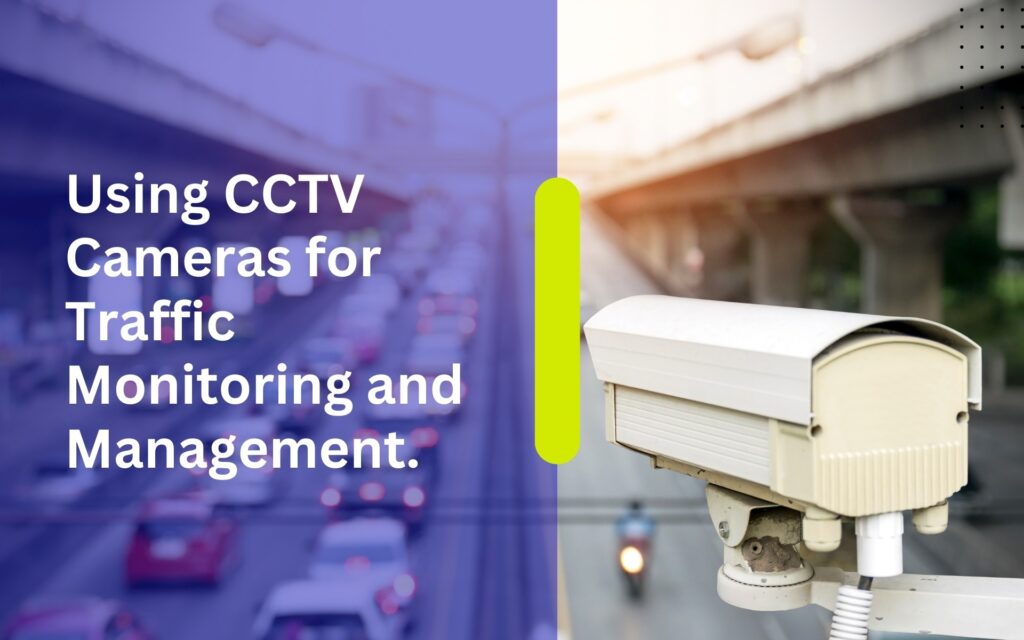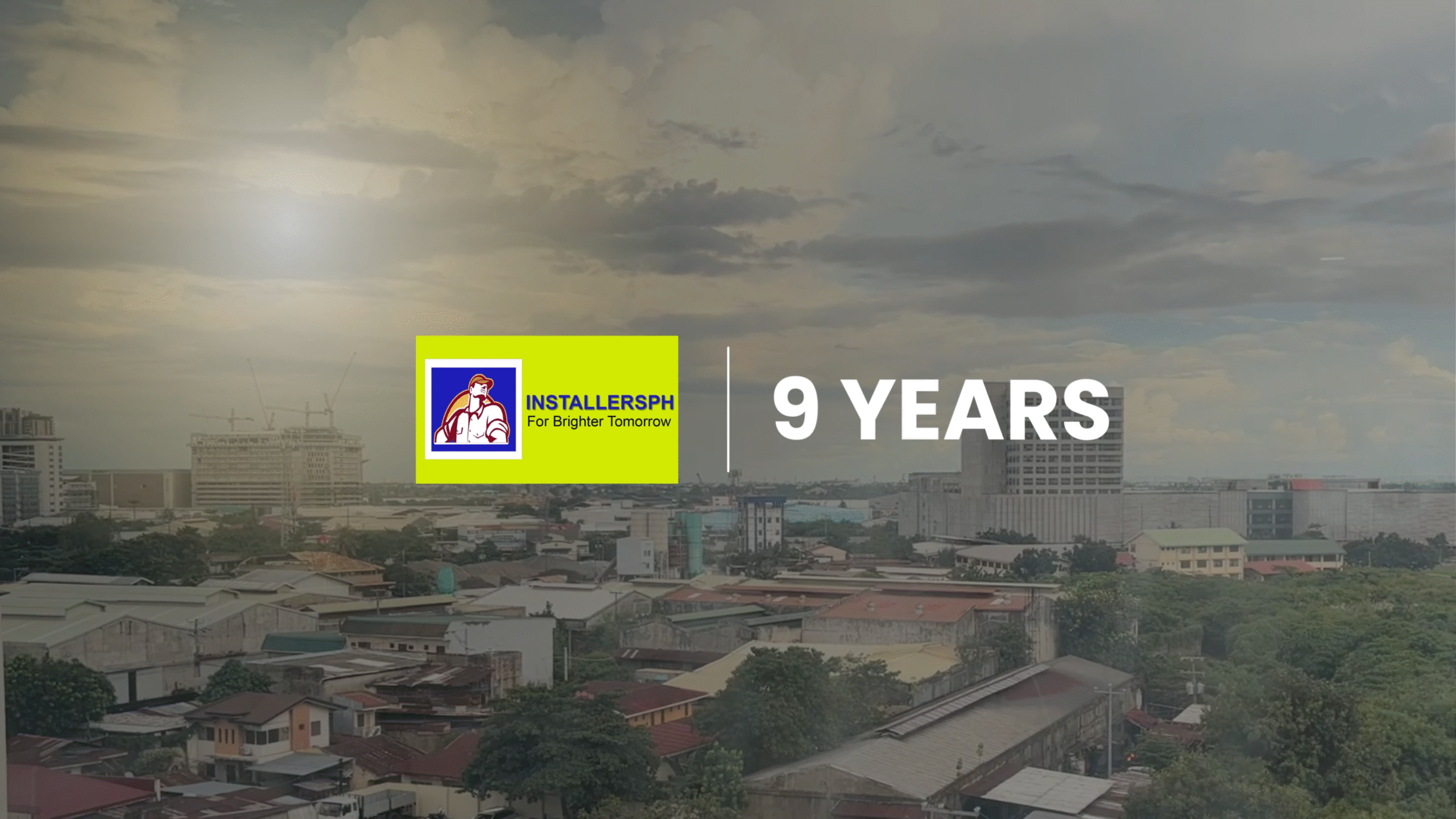InstallersPH IT Solutions 2026 AVP: A Brighter Tomorrow Built on Nine Years of Innovation and Dedication. Introduction. As InstallersPH IT Solutions proudly celebrates its ninth year of service in 2026, the company …
Using CCTV Cameras for Traffic Monitoring and Management.

Introduction
In today’s fast-paced urban environments, effective traffic management stands as a paramount concern for city planners, transportation authorities, and residents alike. With the ever-increasing volume of vehicles on the roads, coupled with the complexities of modern urban landscapes, the need for robust traffic monitoring and management solutions has never been more pressing. Among the arsenal of technologies available for this purpose, Closed-Circuit Television (CCTV) cameras have emerged as invaluable tools, offering unparalleled capabilities in surveillance, data collection, and incident management. This comprehensive article delves into the multifaceted role of CCTV cameras in traffic monitoring and management, exploring their benefits, applications, and implications for urban mobility.
Understanding CCTV Cameras in Traffic Management
CCTV cameras represent a cornerstone of modern traffic management systems, providing real-time visual coverage of road networks, intersections, and critical traffic points. Equipped with advanced imaging technology, high-resolution lenses, and intelligent analytics software, these cameras offer far-reaching capabilities beyond mere surveillance. By capturing detailed footage of vehicular movements, traffic flow dynamics, and environmental conditions, CCTV cameras enable authorities to make informed decisions, optimize resources, and enhance overall transportation efficiency.
Key Benefits of CCTV Cameras in Traffic Management
1. Enhanced Safety and Security:
The foremost benefit of CCTV cameras in traffic management is their ability to enhance safety and security on the roads. With their constant vigilance and prompt detection capabilities, these cameras enable authorities to respond swiftly to accidents, breakdowns, and other emergencies. By providing real-time visual feedback, CCTV cameras facilitate rapid intervention by emergency services, minimizing response times and mitigating potential hazards to road users.
2. Traffic Flow Optimization:
A critical aspect of traffic management revolves around optimizing the flow of vehicles across road networks. CCTV cameras play a pivotal role in this endeavor by continuously monitoring traffic patterns, identifying congestion hotspots, and recommending proactive measures to alleviate bottlenecks. By analyzing real-time data from CCTV feeds, traffic control centers can adjust signal timings, implement dynamic lane controls, and deploy resources strategically to maintain smooth traffic flow even during peak hours.
3. Law Enforcement and Compliance Monitoring:
CCTV cameras serve as potent tools for enforcing traffic regulations and promoting compliance among motorists. From monitoring speed limits and detecting red-light violations to identifying unauthorized parking, these cameras help authorities uphold traffic discipline and deter reckless driving behavior. Moreover, the presence of CCTV surveillance acts as a deterrent against crime and vandalism, contributing to overall public safety and orderliness on the roads.
4. Data-Driven Decision Making:
In an era characterized by data-driven governance, CCTV cameras furnish invaluable insights for policymakers, urban planners, and transportation authorities. By capturing vast amounts of traffic data, including vehicle counts, speed profiles, and congestion patterns, these cameras facilitate evidence-based decision-making processes. Analyzing historical traffic trends enables authorities to anticipate future demands, optimize infrastructure investments, and devise targeted interventions to enhance transportation efficiency over the long term.
Applications of CCTV Cameras in Traffic Management
1. Intersection Monitoring:
At intersections, where traffic streams converge and diverge, CCTV cameras provide indispensable visual coverage for traffic controllers and engineers. These cameras offer real-time visibility into vehicular movements, pedestrian crossings, and traffic signal compliance, enabling authorities to optimize signal timings and minimize delays. Additionally, CCTV cameras assist in detecting accidents, stalled vehicles, and other incidents, facilitating swift response and ensuring intersection safety for all road users.
2. Highway Surveillance:
Along highways and major thoroughfares, CCTV cameras serve as essential tools for continuous traffic monitoring and incident management. Equipped with intelligent analytics capabilities, these cameras enable automatic incident detection, such as vehicle breakdowns, debris on the road, or hazardous weather conditions. By providing timely alerts to highway patrols and emergency services, CCTV cameras help mitigate risks, minimize disruptions, and maintain the smooth flow of traffic on arterial routes.
3. Parking Management:
In urban areas plagued by parking shortages and congestion, CCTV cameras play a crucial role in managing parking spaces and enforcing regulations. These cameras monitor parking lots, garages, and street parking zones, enabling authorities to detect unauthorized vehicles, ensure compliance with parking restrictions, and optimize the utilization of available parking spaces. Moreover, CCTV surveillance acts as a deterrent against vandalism, theft, and illegal parking activities, thereby enhancing the overall safety and security of parking facilities.
4. Public Transport Monitoring:
CCTV cameras installed aboard buses, trains, and other public transport vehicles serve multiple purposes in enhancing passenger safety, security, and service reliability. Onboard cameras provide visual evidence in case of incidents, disputes, or criminal activities, assisting law enforcement agencies in investigations and prosecutions. Moreover, CCTV footage enables transit authorities to monitor service adherence, passenger volumes, and operational efficiency, facilitating timely interventions and service improvements to meet the evolving needs of commuters.
Conclusion
In conclusion, CCTV cameras represent indispensable assets in the realm of traffic monitoring and management, offering a myriad of benefits across various domains of urban mobility. From enhancing safety and security on the roads to optimizing traffic flow, enforcing regulations, and facilitating data-driven decision-making, these surveillance devices play a pivotal role in shaping the future of transportation systems worldwide. As cities continue to evolve and face new challenges in managing urban mobility, the role of CCTV cameras as integral components of comprehensive traffic management solutions will only become more pronounced. By harnessing the power of surveillance technology and data analytics, cities can strive towards safer, more efficient, and sustainable transportation networks for the benefit of all stakeholders and communities.
Related Articles
How to Properly Conduct CCTV Preventive Maintenance Service (PMS). Introduction. CCTV systems play a crucial role in maintaining safety and security within properties, businesses, and institutions. However, even the most advanced surveillance …
Celebrating the Birthday of our Sales Executive, Ms. Diornelyn Subico. Introduction. Today, we take a special moment to celebrate the birthday of our dedicated and well-loved Sales Executive, Ms. Diornelyn Subico. As …


